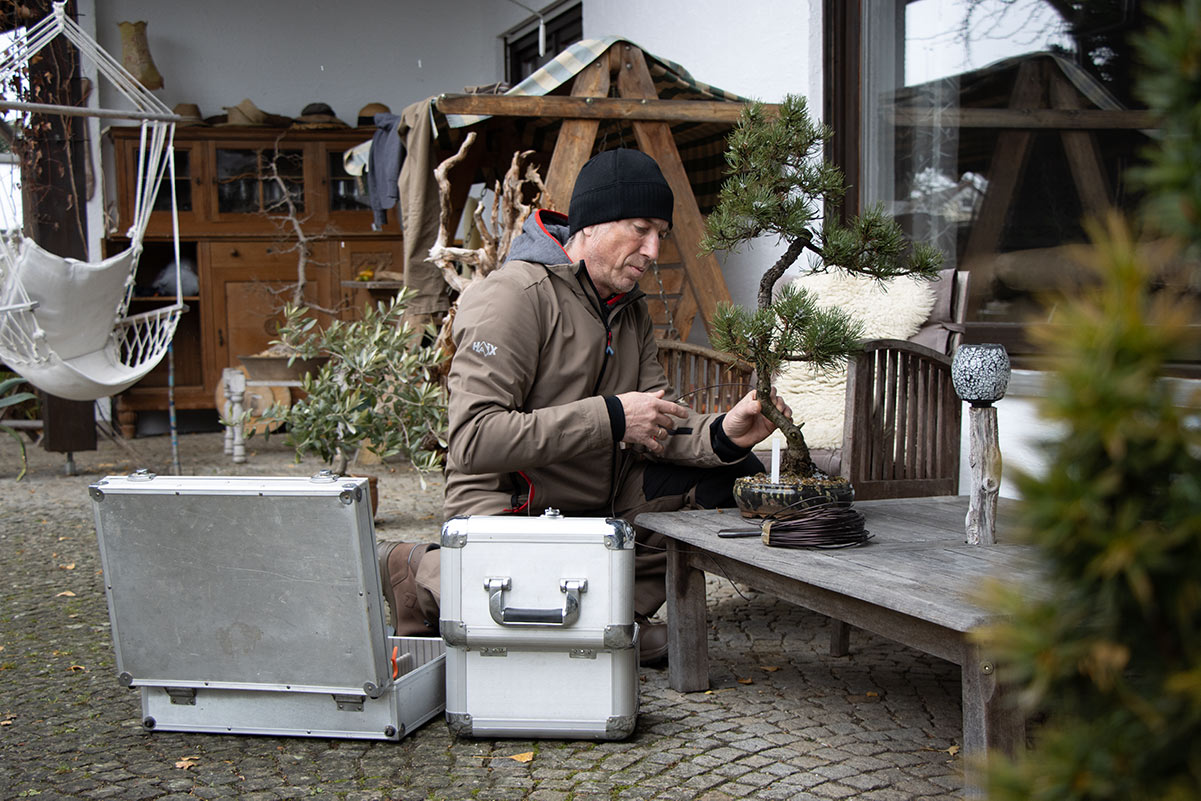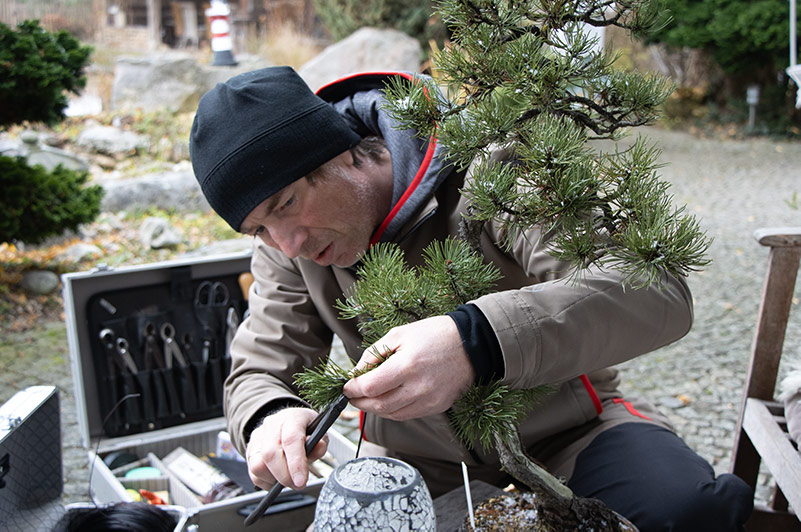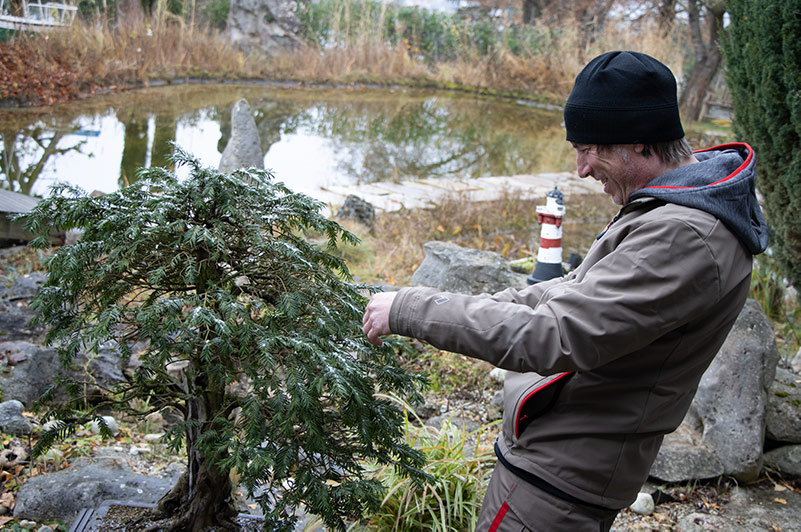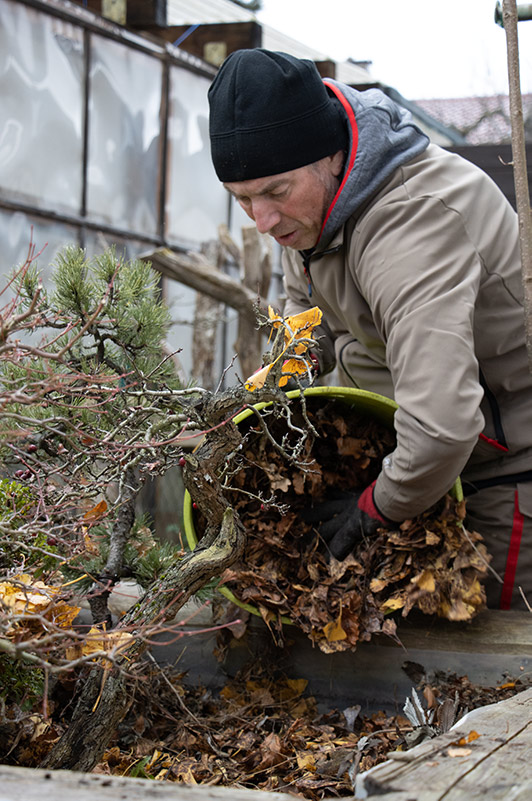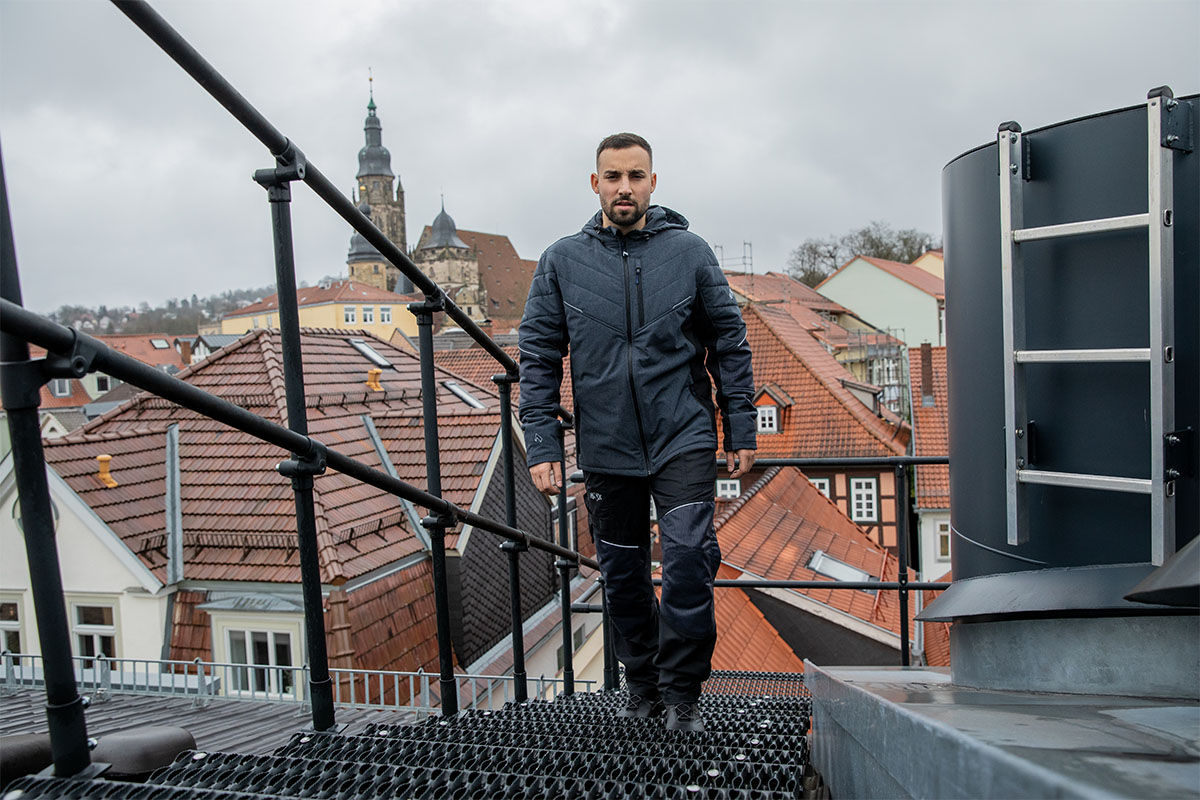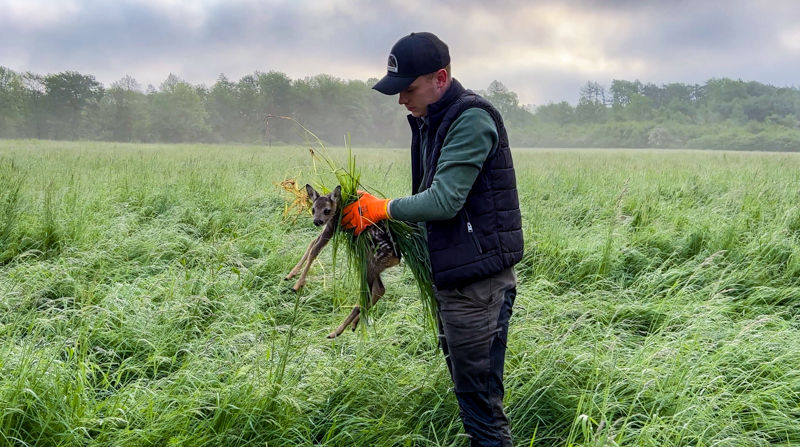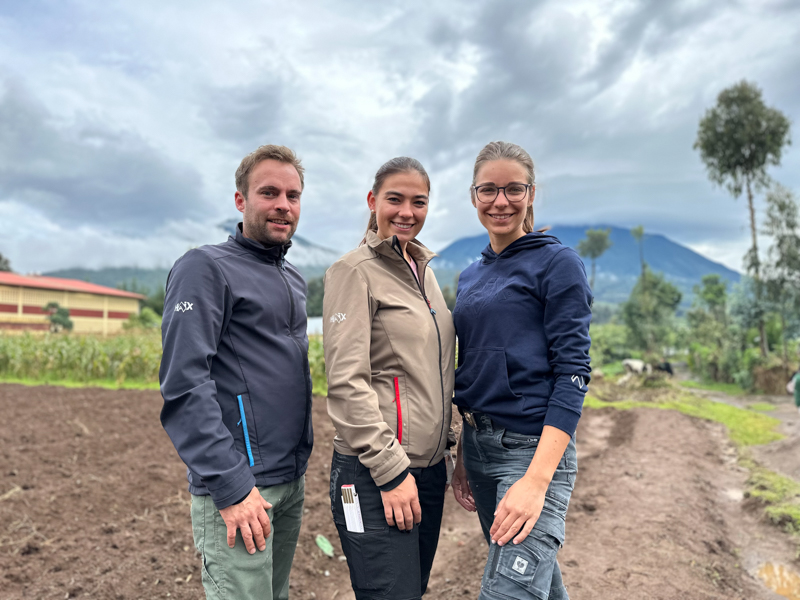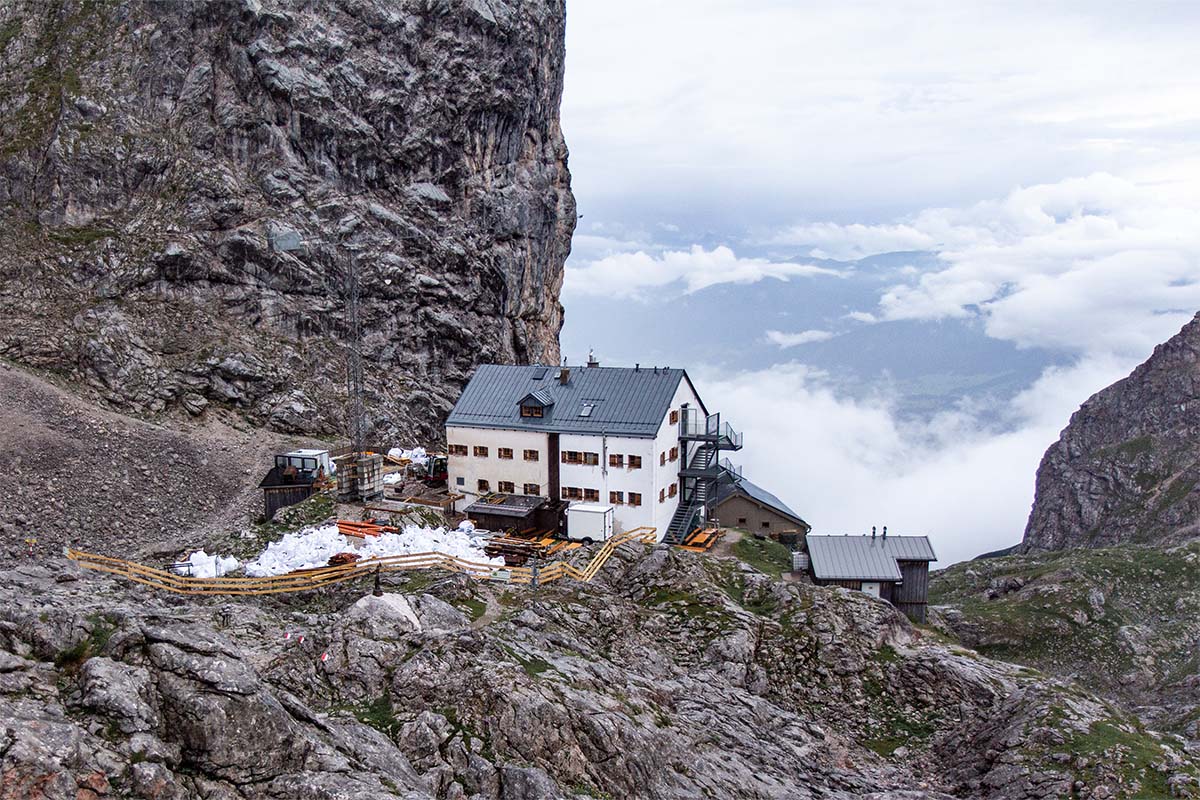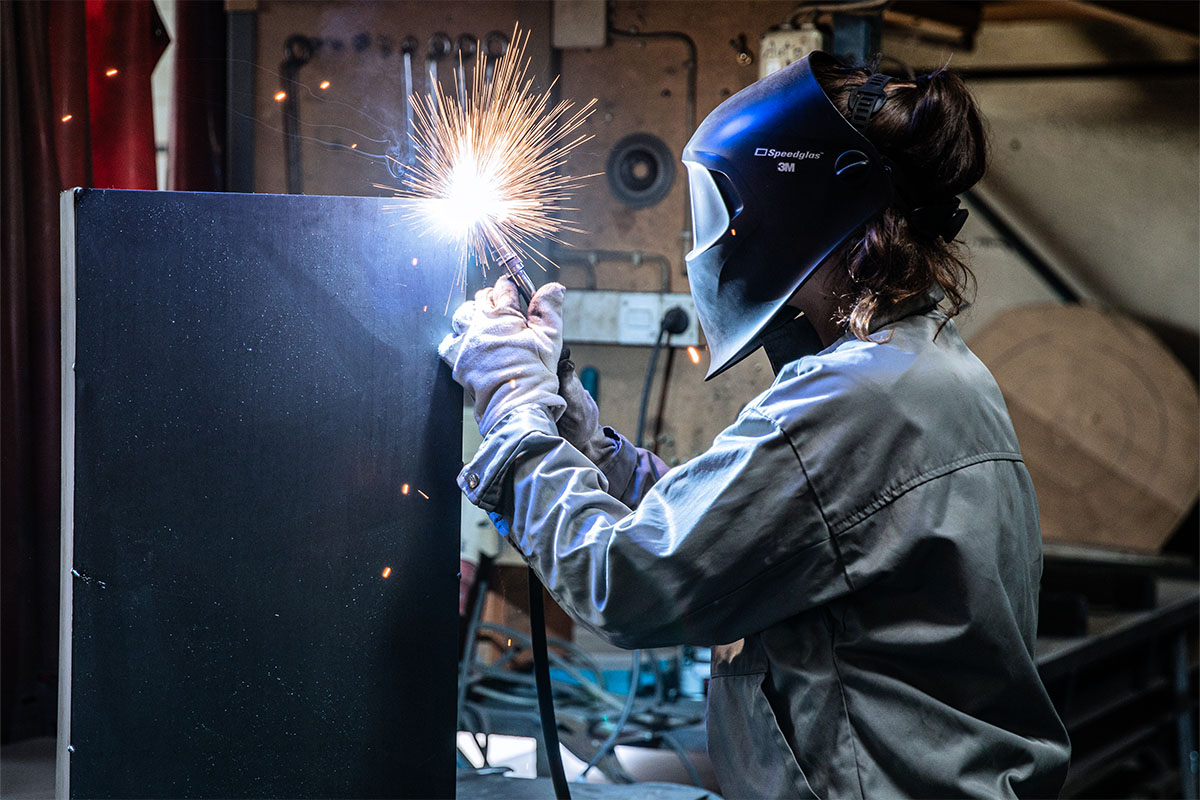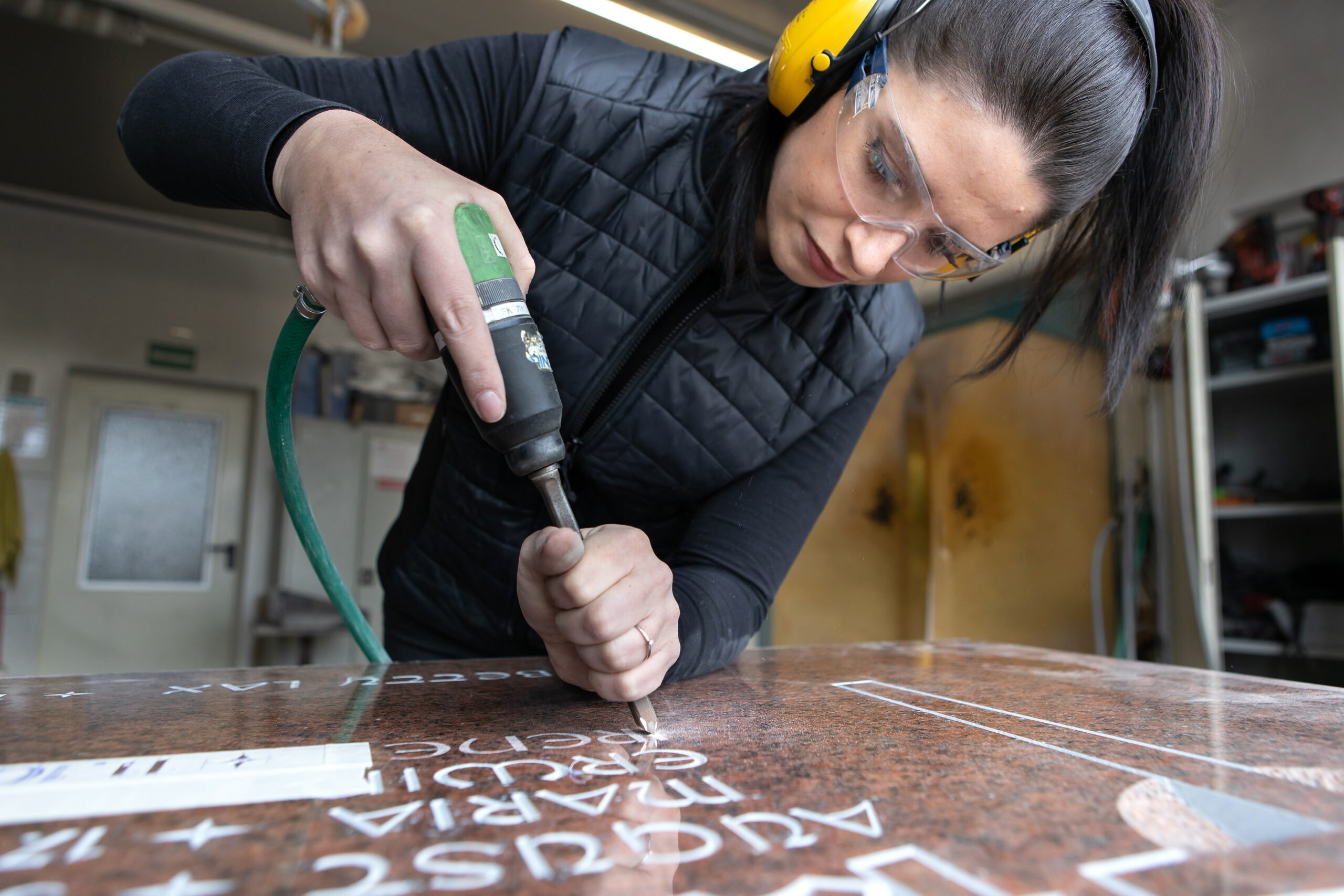Almost any tree can be turned into a bonsai, which is probably the reason why there is such widespread fascination for the time-consuming art form. A passion that Johannes Fischer has cultivated in his own garden for more than 20 years. In HEROES WORLD, he reveals the methods he has developed for bonsai trees.
It is the first Advent weekend in 2021 and the first snowflakes are beginning to fall from the sky. At temperatures below freezing, the trees lost their leaves a while ago. Although the powder-sugar snow has not created a glittering winter landscape yet, it is high time for Johannes Fischer to prepare his bonsai trees for the winter. “The containers are already frozen to the shelf,” said the 53-year-old with a glance at the wooden stands upon which ten of his 30 tiny trees sit in a row. He used to tend as many as 50. “But you quickly learn that you don’t have the time for that many,” he said. Daily watering, regular pruning and wiring – their care requires time. Nevertheless, what began in an adult education course in 1999 has remained part of his life today, and is the perfect balance to a stressful day. Bonsais must be repotted every two years, and he takes a week of vacation for doing so. “It’s not like a painting that you simply hang on the wall to look at because you like it. You have to go out and tend to the bonsais every day.”
Choosing the right tree
The comparison to a work of art is justified, however. Be it a bonsai from Japan or a penjing from China, the Asian gardening art aims to create a landscape in a container. Bonsai artists use a variety of techniques to establish harmony between nature and humans – in miniature form, but not exclusively with foreign types of trees. “I think regional trees are the best because they thrive in the environment more readily,” explained Johannes. In his garden, yews, pines and spruce trees are also visible among the azaleas and apricot trees. Only walnut and chestnut trees are not suitable, as their leaves retain their original size after pruning.
Although Johannes enjoys working with regional trees, once a year he heads south. To be precise, he heads to Arcobonsai, a trade fair where more than 50 dealers exhibit and sell their bonsai trees. “It’s my favorite weekend getaway,” the nature fanatic said with a big grin. He acquired his favorite bonsai there – a Japanese yew. The delicate double trunk with its seven twists and green crown caught his eye. The bonsai scene calls a tree with this idiosyncratic form a literati or bunjin bonsai.
It’s all about the look
“Wild animals are the best designers – at least as far as we bonsai fans are concerned,” said Johannes. Shaping trees and keeping them small is something nature did long before humans started. For example, when deer nibble on the tops of young trees, they branch out and remain small forever. It irritates foresters, but the miniature trees in the forest make Johannes smile. Take the deformed mountain ash that he adopted years ago for example: “It would have vegetated along the edge of the forest, but I give it the care it needs.”
Nature did its preparatory work well, and then the ideas and skills of humans were added. The goal of bonsai cultivation is to imitate the look of an old tree. Heavy branches that hang to the ground – to achieve this, you need the right wire and the right technique. To Johannes, it’s a matter of judgment. “When you wrap wire around a branch and it grows upwards again, that’s a sign that the wire was too thin.” His design tip: Clearly define and sketch the front. “Paint or draw the main branches and add green accents where you think they belong. That will give you a clear picture of how your bonsai should look.”
Winterizing – practical and convenient
Once a year, all the tiny trees are allowed to huddle together. Namely, when it’s time to move them to their winter quarters. The containers must be protected against the cold to prevent the root from freezing. “Everyone winterizes differently. I’ve discovered the most convenient and safest form for me,” said Johannes. He carefully sets the bonsai trees down in a raised bed and covers them with a thick layer of leaves. He only uses the leaves of his ginkgo tree. “They don’t have any pests, which is why I prefer to use them,” he said. The wet leaves are a paradise for beetles and earthworms, and water the bonsais for Johannes, too. “Sometimes I don’t need to water them for months.” In the spring, moist soil and green moss confirm that he has done everything right.
